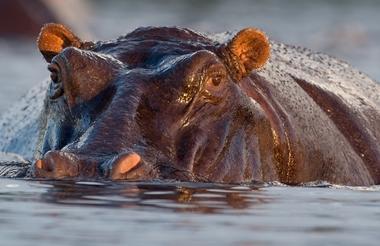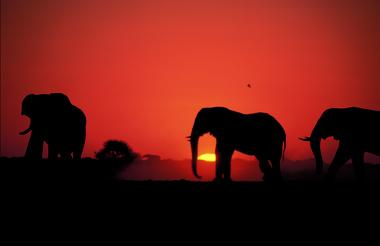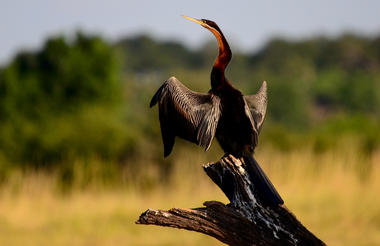The Okavango Delta is where the wild things are: an immense, waterlogged oasis alive with elephants and birdlife, adrift in the middle of Kalahari sands. The real magic of the Delta lies in its water, trickling through from far away highlands, and spreading across the channels and floodplains.
During winter in the Kalahari, when the sun has baked the earth bare and turned the desert its driest, water fills the Okavango; transforming the floodplains into a Noah’s Ark of African wildlife.
As the water brings life to the delta, its local residents shape and recreate it. Termites slowly build mounds into islands, germinated with palm trees by passing elephants. Waterways open and close on the whim of wide-bottomed hippos, carving out channels where they crash through reeds, and leaving room behind them for exploration by mokoro.
The Okavango has many faces, which change throughout the year, prompted by that most unpredictable diva of all: the weather. Water levels rise and drop, expanding and shrinking islands, while animals move where the life is easiest and the grass greenest. In a few days, a sandy road driven by vehicle can become a waterway of unknowable depth, prompting a safari by boat instead.
Where and when you stay in the Okavango Delta will hugely influence what you do in the bush each day, the animals you’re most likely to see and finally, the safari experience you’ll have.
The delta’s watery heart is best discovered by mokoro through shallow channels and floodplains, as well as crossing the islands on foot. For less water and more of the big game, visit a camp on its drier edges (including Moremi Game Reserve and the Khwai Community Area), jump on a vehicle and seek out the animals hiding in the woodlands.
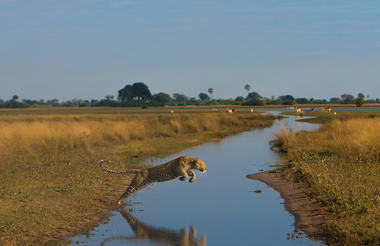
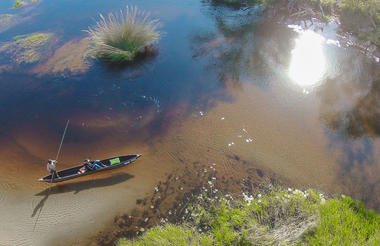
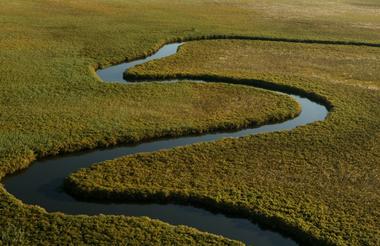
The Khwai Private Reserve is a private concession north of the Khwai river, west of the Chobe NP, east of the private Delta concessions and south of the Selinda. The massive Khwai Private reserve is a joint venture partnership with the local community and offers luxury safaris with all the perks of being a private concession such as night drives, off-roading and walking. The huge concession is relatively empty with only a handful of lodges operating within its boundaries. Its size ensures a large diversity of habitats and ecosystems ranging from riverine forests to large mopane woodland, open savannah and seasonally inundated floodplains. Also due to its size game is not as concentrated as the Khwai Community area but rather spread out among the different habitats. The area is known for its large herds of rare sable and roan antelope, lechwe, multiple other species of plains game as well as the always accompanying predators such as lion, leopard and wild dog.
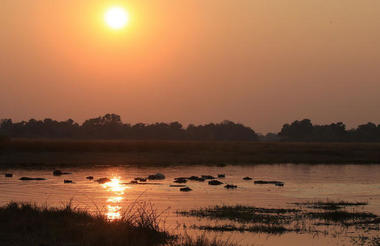
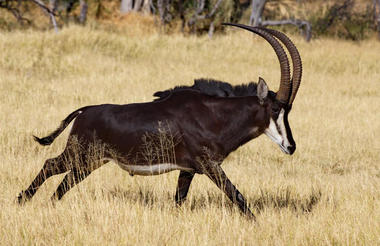
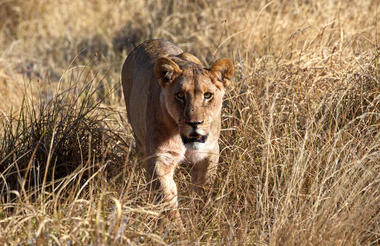
As previously described
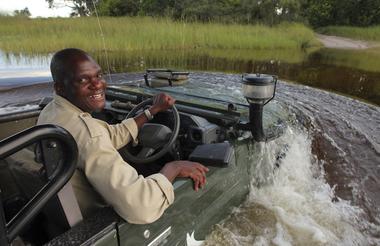
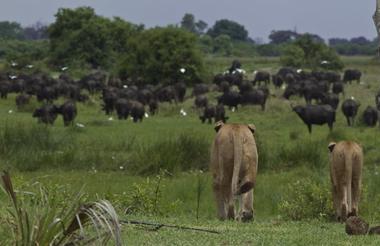
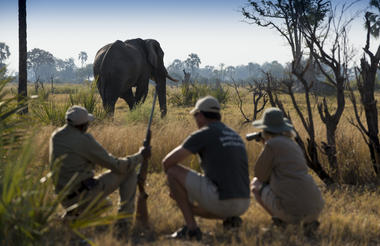
As previously described



Before the Okavango River fans out into its familiar delta shape, its waters are channeled between steep banks created by parallel fault lines. This channel is commonly known as the Pan Handle, named as such as the Delta takes on the appearance of a giant frying pan lying in the heat of the Kalahari.
Permanent deep water has encouraged the growth of villages along the river, particularly on the western side which is accessed by a tarred road. The communities up in this area are mainly fishing based or cattle farming and there are opportunities for some colourful encounters with the locals and the area offers a true glimpse of village life, often not seen in Botswana as guests often only visit the uninhabited wildlife areas.
The Panhandle area is not within a protected reserve or park, but there are still huge areas of unspoiled wetlands and a number of well-established lodges on the western side. The wetlands offer exquisite birdlife , a huge population of hippos and some of the largest crocodiles to be found. The general wildlife common in the lower delta is less abundant in this area. The focus of activities in the area are water based - motorboating and fishing, and it is possible to travel by road or boat to the eastern side of the river where there are community based mokoro excursions offered. The Pan Handle area is also in proximity to the world heritage site of Tsodilo Hills. Being the spiritual home of the San and Bantu people, the hills feature many well preserved specimens of 'rock art' and there is a small museum where it is possible to hire a local guide for a personal tour of the area. The annual barbell run of catfish ( September/October) attract hunting tiger fish in large numbers and is the best time for serous anglers to experience this fascinating phenomenon and catch this awesome predatory game fish.



The Chobe Riverfront is an elephant mecca; home to the largest density of African elephants in the world. Travel here during winter and you’ll fast run out of fingers and toes while you count them drinking at the riverbanks and socialising out on the floodplains.
Thanks to its ease of access from Victoria Falls, the Chobe Riverfront is the busiest part of Botswana (though still a much quieter affair than most South or East African safaris). What Chobe lacks in solitude during the busier months, it more than makes up for with quality game viewing.
Chobe will leave you feeling tiny as giant elephant bulls stroll up next to your vehicle or snorkel alongside your boat. It will make you feel lost as hundreds of hippos and buffaloes crowd you out on the floodplains. It will put your heart in your throat as prides of lions stalk antelopes by the water’s edge, and it will leave you alone with your thoughts while the classic red sunsets melt over the river to a soundtrack of whistling fish eagles.
Chobe is not just a great introduction to Botswana. It also makes a rewarding repeat journey once you’ve ticked off the big stuff. It’s a place to search for the rare sable antelope, to spot that gem from the birders’ bucket list and to explore the remoter corners.
Where you stay in Chobe makes a huge difference to your safari experience. The most affordable options are at bigger hotels in a town setting where you’ll share your game drives with a few more vehicles. On the more exclusive end, stay in a wilder area in or around the park, listen to the sounds of the bush at night and get a head start on accessing the park for activities.
